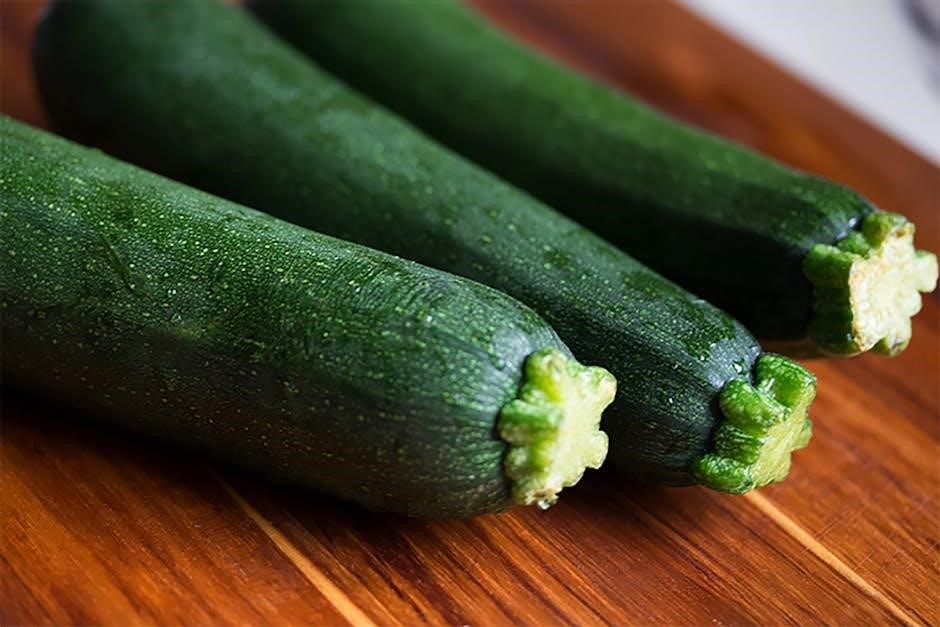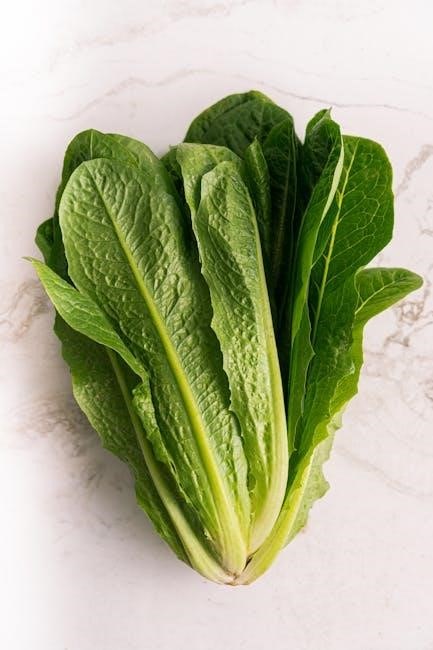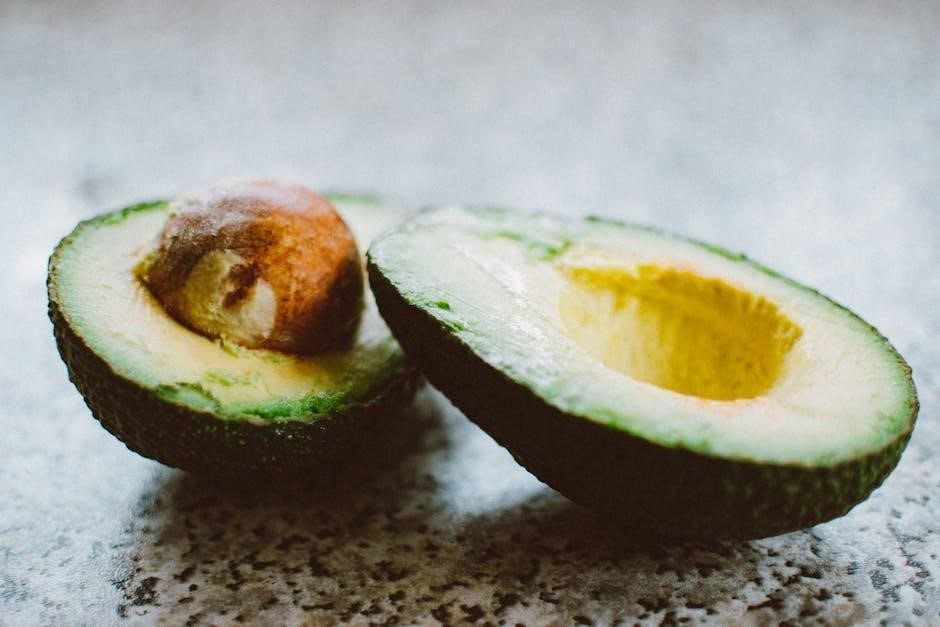whole food list pdf
- Published
- in PDF
Understanding Whole Foods
Embark on a journey to embrace the essence of natural nourishment with whole foods. Prioritize options closest to their original state, devoid of artificial additives, pesticides, and chemical enhancements for optimal well-being.
Definition of Whole Foods
Whole foods are essentially foods that are unprocessed and unrefined, or processed and refined as little as possible, before being consumed. The aim is to eat foods in their most natural state, minimizing the introduction of artificial substances. This means selecting items without added sugars, unhealthy fats, and excessive processing.
Focus on incorporating foods that closely resemble their original form. Think fresh fruits and vegetables, lean proteins sourced responsibly, and healthy fats derived from natural sources. Steaming, baking, or grilling are preferred cooking methods to retain the food’s inherent nutritional value.
By prioritizing whole foods, you’re actively choosing to nourish your body with nutrient-dense options that contribute to overall health and vitality. Embrace the simplicity and purity of whole foods for a healthier lifestyle.
Benefits of a Whole Food Diet
Adopting a whole food diet brings a plethora of advantages for your well-being. Primarily, it floods your body with essential nutrients. Whole foods are naturally rich in vitamins, minerals, antioxidants, and fiber, all crucial for maintaining optimal health and preventing chronic diseases. These nutrients work synergistically to bolster your immune system, enhance energy levels, and support healthy digestion.
Furthermore, a whole food approach often leads to natural weight management. These foods are typically lower in calories and higher in fiber, promoting satiety and reducing cravings for unhealthy processed alternatives. The absence of added sugars and unhealthy fats further aids in controlling weight and improving metabolic health.
By nourishing your body with wholesome, unprocessed foods, you’re investing in long-term health and vitality. Enjoy the transformative effects of a whole food diet and experience the difference it makes in your overall well-being.

Foods to Include in a Whole Food Diet
Embrace nature’s bounty by including vibrant vegetables, succulent fruits, lean proteins, and wholesome healthy fats. These foundational elements will fuel your body and nourish your well-being from the inside out.
Vegetables
Dive into a colorful world of vegetables, nature’s nutritional powerhouses. Load up on leafy greens like spinach and kale, cruciferous vegetables such as broccoli and cauliflower, and root vegetables like carrots and beets. Don’t forget the flavorful additions like bell peppers, artichokes, and asparagus.
Vegetables provide a wide array of vitamins, minerals, and antioxidants that support overall health. From boosting immunity to aiding digestion, these plant-based wonders offer countless benefits. Aim to incorporate a variety of vegetables into your daily meals, experimenting with different colors, textures, and cooking methods to keep things interesting. Whether steamed, roasted, grilled, or enjoyed raw, vegetables are a crucial component of a whole food diet. Remember, corn, peas and lima beans are often excluded in some specialized whole food diets.
Fruits
Indulge in the sweet and vibrant world of fruits, nature’s delightful treats packed with essential nutrients. From berries to melons, citrus fruits to stone fruits, the options are endless. Load up on apples, bananas, oranges, and grapes, as well as more exotic choices like mangoes, papayas, and kiwis.
Fruits are rich in vitamins, minerals, antioxidants, and fiber, offering numerous health benefits. They support immune function, promote healthy digestion, and provide sustained energy. Enjoy fruits as a snack, add them to smoothies, or incorporate them into your meals for a burst of flavor and nutrition. Remember to choose whole fruits over fruit juices, as juices often lack the fiber and contain added sugars. With their natural sweetness and nutritional value, fruits are a vital part of a whole food diet.
Proteins
Fuel your body with high-quality protein sources. Opt for lean meats like poultry and fish, prioritizing grass-fed and wild-caught varieties whenever possible. These provide essential amino acids crucial for muscle building, repair, and overall bodily functions. Protein helps you feel full and satisfied, aiding in weight management and stabilizing blood sugar levels.
Consider plant-based protein sources such as lentils, nuts, and seeds. These provide protein and fiber, contributing to a healthy digestive system. When choosing animal products, look for labels indicating Whole30 Approved or terms like “100% grass-fed” and “pastured” to ensure quality and adherence to dietary guidelines. Incorporate a variety of protein sources into your diet to ensure you receive a complete range of nutrients. Remember that protein is essential for a balanced and nourishing whole food diet.
Healthy Fats
Incorporate sources of healthy fats into your whole food diet. Avocados are a creamy and delicious option, providing monounsaturated fats that support heart health. Nuts and seeds, such as almonds, walnuts, and chia seeds, offer essential fatty acids, fiber, and various minerals. Opt for olive oil as your primary cooking oil.
These promote satiety and aid in nutrient absorption. Fatty fish, like salmon and mackerel, are rich in omega-3 fatty acids, which are crucial for brain function and reducing inflammation; Incorporating a variety of healthy fats ensures a well-rounded nutrient intake and supports overall health. Be mindful of portion sizes, as fats are calorie-dense. Embrace these fats as vital components of a nourishing whole food approach. Remember to check labels for added ingredients.

Foods to Avoid on a Whole Food Diet
Steer clear of heavily processed items, excessive added sugars, and unhealthy fats to maximize the benefits of a whole food diet. Focus on natural, unprocessed choices.
Added Sugars
When following a whole food diet, it’s crucial to minimize or eliminate added sugars in all their forms. This includes white sugar, brown sugar, cane sugar, corn syrup, maple syrup, honey, and even seemingly healthier options like coconut sugar and stevia. Many processed and packaged foods contain hidden added sugars, so it’s essential to carefully read food labels.
Be wary of ingredients like malt flavorings, syrups, and anything ending in “-ose” (e.g., fructose, glucose, sucrose). Avoiding added sugars helps stabilize blood sugar levels, reduces cravings, supports weight management, and decreases the risk of chronic diseases. Focus on naturally occurring sugars found in fruits, and use them sparingly.
Remember, the goal is to nourish your body with whole, unprocessed foods, and excessive added sugar can undermine these efforts. By limiting your intake of added sugars, you’ll be well on your way to a healthier and more vibrant you!
Processed Foods
A cornerstone of a whole food diet is the avoidance of heavily processed foods. These items are often laden with additives, preservatives, artificial flavors, and unhealthy fats, diminishing their nutritional value. Common culprits include packaged snacks, fast food, and pre-made meals, which undergo significant alterations from their natural state.

Processed foods often contain high levels of sodium, added sugars, and unhealthy fats, contributing to various health issues. Ingredients like cornstarch, carrageenan, guar gum, MSG, and sulfites are frequently found in processed items. Focus on consuming foods in their whole, unprocessed form, such as fresh fruits, vegetables, lean proteins, and healthy fats.
Reading labels diligently is crucial to identify and avoid processed foods. Choose minimally processed options whenever possible, and prioritize cooking meals from scratch using whole ingredients. By minimizing processed food consumption, you nourish your body with essential nutrients and promote long-term health and vitality.
Unhealthy Fats
Within the realm of a whole food diet, discerning between beneficial and detrimental fats is crucial. Unhealthy fats, primarily trans fats and excessive saturated fats, are generally discouraged due to their adverse effects on cardiovascular health. Trans fats, often found in processed foods and fried items, elevate LDL (bad) cholesterol levels while lowering HDL (good) cholesterol.
Saturated fats, abundant in fatty meats and high-fat dairy products, should be consumed in moderation. Instead, prioritize sources of healthy fats, such as avocados, nuts, seeds, and olive oil. These fats provide essential fatty acids and contribute to overall well-being.
Reading food labels carefully is essential to identify sources of unhealthy fats. Opt for lean protein sources, choose low-fat dairy options, and incorporate plant-based fats into your diet. By consciously limiting unhealthy fats and embracing healthy fats, you support heart health and optimize your nutritional intake.

Whole30 Considerations
Navigating the Whole30 program requires careful attention to compliant and non-compliant foods. Understanding allowed and excluded items is crucial for a successful journey towards improved health and well-being during the program.
Foods Allowed on Whole30
The Whole30 program emphasizes nutrient-dense, whole foods. Prioritize lean proteins, such as grass-fed beef, wild-caught fish, and pastured poultry. Load your plate with a diverse array of vegetables, excluding corn, peas, and lima beans. Enjoy fruits in moderation. Embrace healthy fats from sources like avocados, olives, and nuts (excluding peanuts and legumes).
Focus on minimally processed options, seeking out Whole30 Approved labels when possible. Look for organic produce and sustainably sourced meats and seafood. Explore resources like shopping lists and printable PDFs to guide your choices. Remember to build meals using these foundational elements.
Leafy greens should be a dietary staple. This approach ensures that you consume foods that support your overall health during the Whole30 program. This dietary focus on natural and unprocessed foods helps to reset your body.
Foods Excluded on Whole30
During the Whole30 program, several food groups are strictly avoided to help reset your body. All forms of added sugars, including cane sugar, coconut sugar, honey, maple syrup, and stevia, are off-limits. Grains, such as rice, wheat, and pseudo-cereals like quinoa, are also excluded. Legumes, including peanuts and soy, are prohibited. Dairy products are not allowed, even in cooking.
Processed foods, junk food, and recreations of non-compliant foods are strictly forbidden. Alcohol in any form, even when used for cooking, is not permitted. Specific additives like MSG, sulfites, carrageenan, guar gum, and xantham gum should also be avoided.
These restrictions are designed to eliminate potentially problematic food groups. The goal is to help reduce inflammation and improve overall health.
